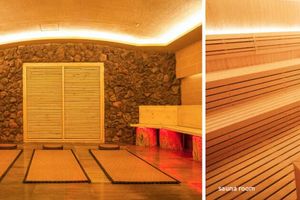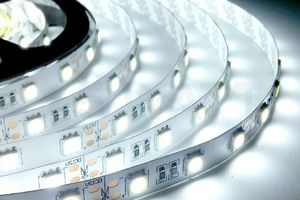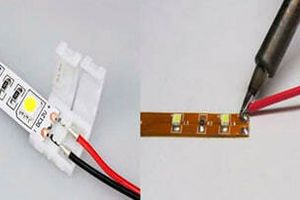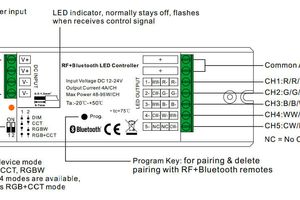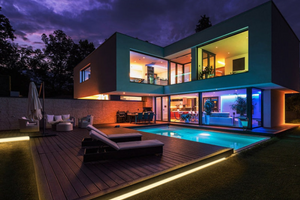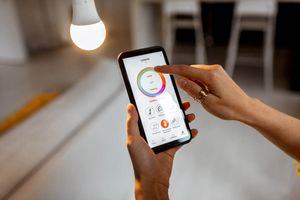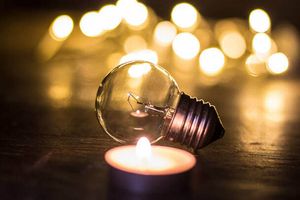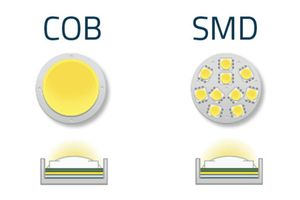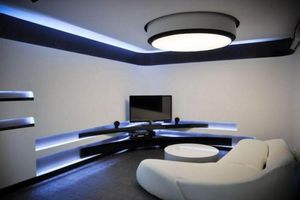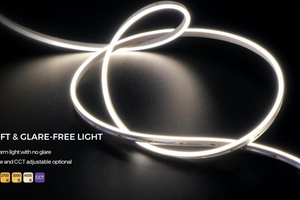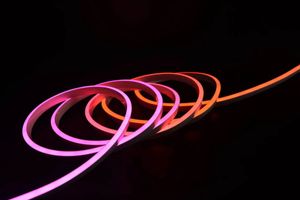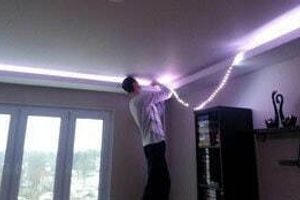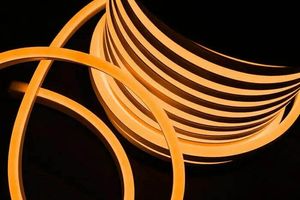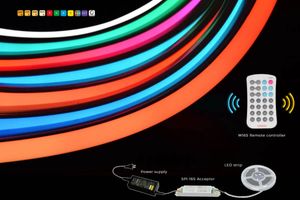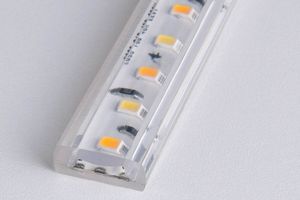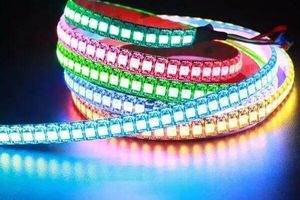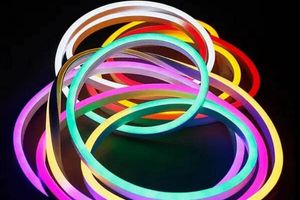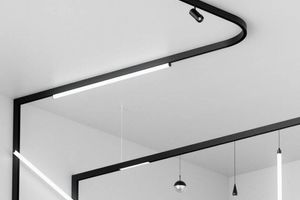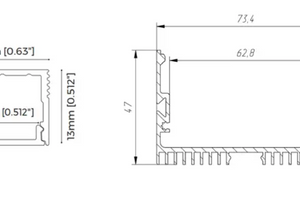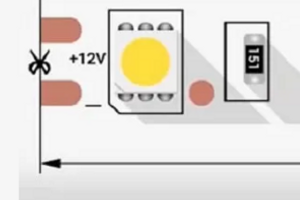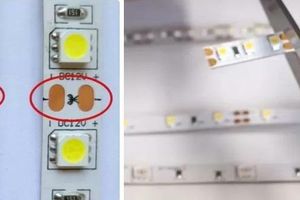When it comes to using LED strips in interior and exterior design, there are numerous opportunities to create unique effects and ambiance. LED strips have become a popular choice for illuminating homes, offices, restaurants, and even outdoor spaces due to their energy efficiency, flexibility, and bright light. However, to fully unleash the potential of LED strips, it is important to turn to a reliable supplier and ensure proper installation of the lighting.
Artled is one such trustworthy supplier of LED strips. Specializing in lighting solutions, we offer a wide range of high-quality products, including various types of LED strips, controllers, accessories, and much more.
Rules for connecting LED strips
When installing an LED lighting system, certain rules should be followed to ensure its stable operation. Below are the key conditions to consider:
- Mounting the LED strip: To securely attach the LED strip, its adhesive backing should be pressed onto the surface after removing the protective layer.
- Surface preparation: If the surface where the LED lighting will be installed is rough, it is recommended to apply a strip of double-sided tape for better fixation.
- Access to the power source: When installing the lighting system, it is important to plan access to the power source in advance to facilitate easy replacement or repair if needed.
- Distance from the surface: To achieve uniform distribution of the light output on walls or ceilings, it is recommended to install the lighting fixtures at a distance of at least 5 cm from the surface.
- Using LED profiles: For more secure attachment of LED devices, specialized LED profiles can be purchased, which are fastened with screws and provide a stronger fixation.
- Protection: An important characteristic of LED devices is their level of protection against external factors such as water, dust, etc. This information is indicated on the packaging or product labeling and should be considered when selecting suitable LED strips.
Connecting LED systems to power supplies
After preparing the surface and necessary accessories, you can proceed with connecting the lighting fixtures to the power supply units (PSUs).
Power supply units typically have specific designations for terminals:
L - indicates the phase; N - corresponds to the neutral wire (220 V power supply); FG - intended for grounding; G, G, G - denote negative polarity; V+, V+, and V+ - correspond to positive polarity.
If you need to connect multiple LED systems to a single power supply unit, and the number of available terminals is limited, it is recommended to connect all wires of the same polarity to the corresponding terminals with the same marking.
Properly connecting LED systems to power supply units ensures stable power and uninterrupted operation of lighting fixtures. If you have any questions or uncertainties about the correct connection, it is always recommended to seek assistance and support from professionals or consultants at Artled, an online store, who will provide the necessary help.
Mistakes to avoid when installing LED systems
Despite the proper installation of LED systems, there are certain errors that can lead to issues and disrupt the stable operation of the lighting. Here are some of them:
- Exceeding the connection length: If the LED lighting source exceeds a length of 5 meters and is connected to a single power supply unit, the diodes may illuminate unevenly, only in certain areas. This is due to voltage drop along the lengthy section of the strip. To address this issue, signal amplifiers or additional power supply units should be used to ensure uniform lighting throughout the length.
- Absence of aluminum profile: Using an aluminum profile for mounting LED strips is an important aspect as it provides effective cooling. Without an aluminum profile, there is a risk of overheating and loss of brightness in the LEDs. Proper heat dissipation helps extend the lifespan of LED components and maintain their optimal brightness.
- Selection of an underpowered power supply unit: The power supply unit (PSU) should have a power rating approximately 30% higher than the relative power of the LED system. Insufficient power in the PSU can lead to reduced LED brightness, improper functioning, and shortened device lifespan. Therefore, it is important to correctly select a PSU based on the power consumption of the LED systems.
Our team of experts is always ready to help you make the right choice based on your preferences and requirements. We have extensive experience and knowledge in the field of LED lighting, allowing us to provide professional consultation and assistance in selecting suitable products.
Whether you need LED strips for decorative lighting, furniture illumination, or any other projects, we offer a wide range of high-quality products that cater to your needs. We guarantee that every product you receive from Artled will be reliable and durable.















